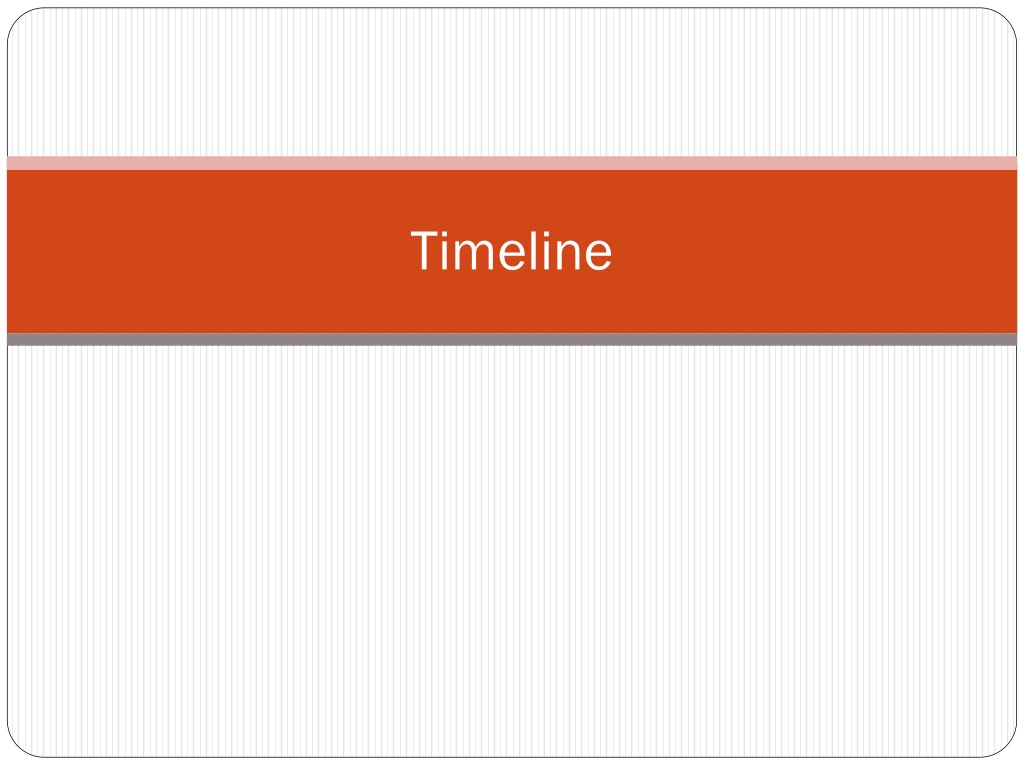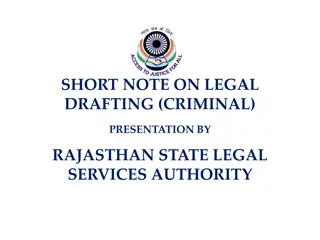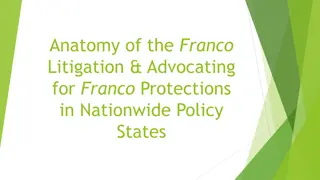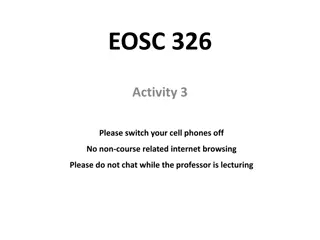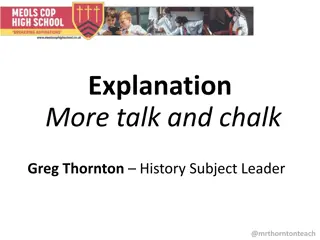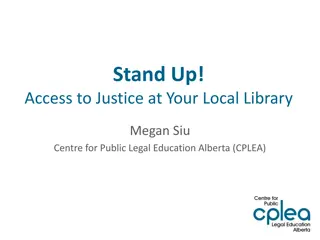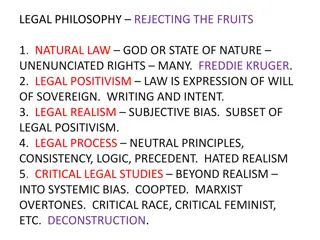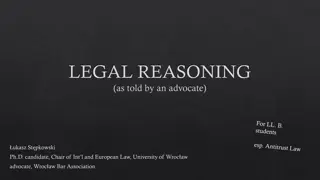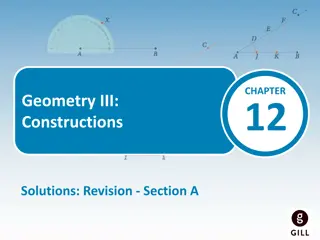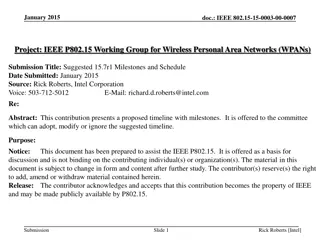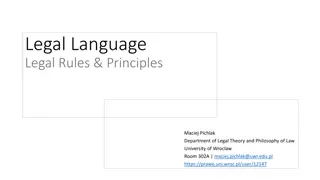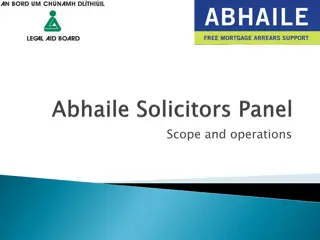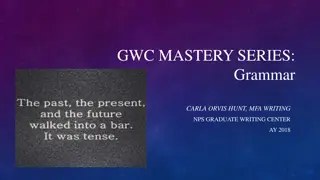Constructing a Clear and Concise Timeline for Legal Analysis
Construct a detailed timeline of events including dates, descriptions, record references, and significance to the case. By organizing information chronologically and highlighting key details, the timeline serves as a valuable tool for memorization, argument preparation, and identifying strengths and weaknesses in legal arguments. Examples of properly structured timeline entries are provided to guide the process effectively.
Download Presentation

Please find below an Image/Link to download the presentation.
The content on the website is provided AS IS for your information and personal use only. It may not be sold, licensed, or shared on other websites without obtaining consent from the author. Download presentation by click this link. If you encounter any issues during the download, it is possible that the publisher has removed the file from their server.
E N D
Presentation Transcript
Timeline of Events Should include every event, occurrence, or document from the record As you write the memos, a clear, concise timeline will help you to: Organize your thoughts Memorize the record Connect the dots between facts and spot weaknesses in your arguments Down the road, the timeline will help you recall facts during your oral argument.
Constructing the Timeline For each item on your timeline, include 3-4 main elements: The date (i.e., March 2, 2014) What happened (brief 1-2 sentence description of event) Where you can find it in the record (page number, paragraph number, exhibit number) Why it matters to your client (for critical/important events) Go in chronological order
Examples: 2007 Respondent (Hope Hospital) approached Claimant (ICT) about the purchase of a proton therapy facility. (R. 4 St. Cl. 3). 5 July 2011 Dr. Vis writes to Respondent informing them of delay in translating terms to English on the website; promised that an English version would be sent to Respondent. (R. 37, Resp. Ex. No. 2, 4). Relevant because shows Respondent reasonably believed it would have a chance to review new standard terms before contract was concluded on July 1st.
